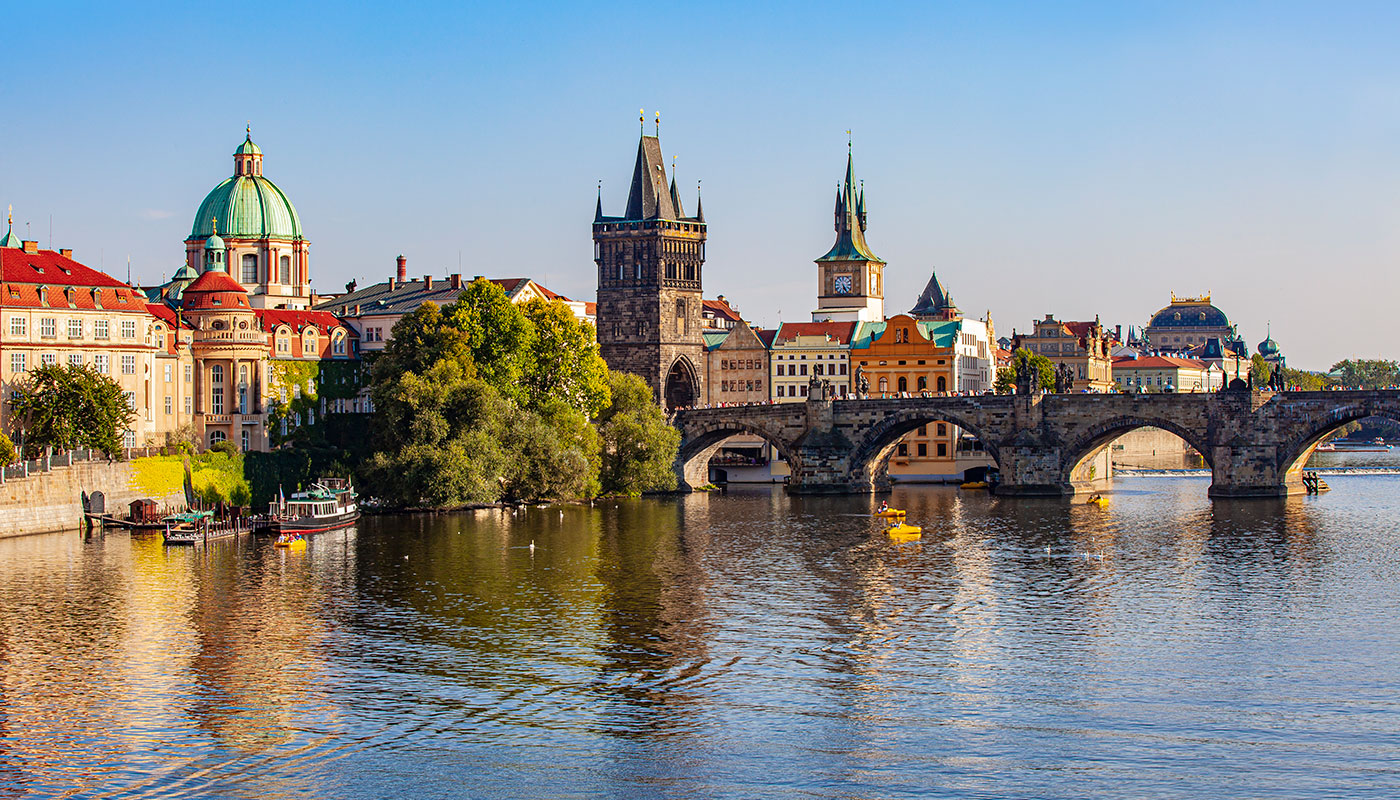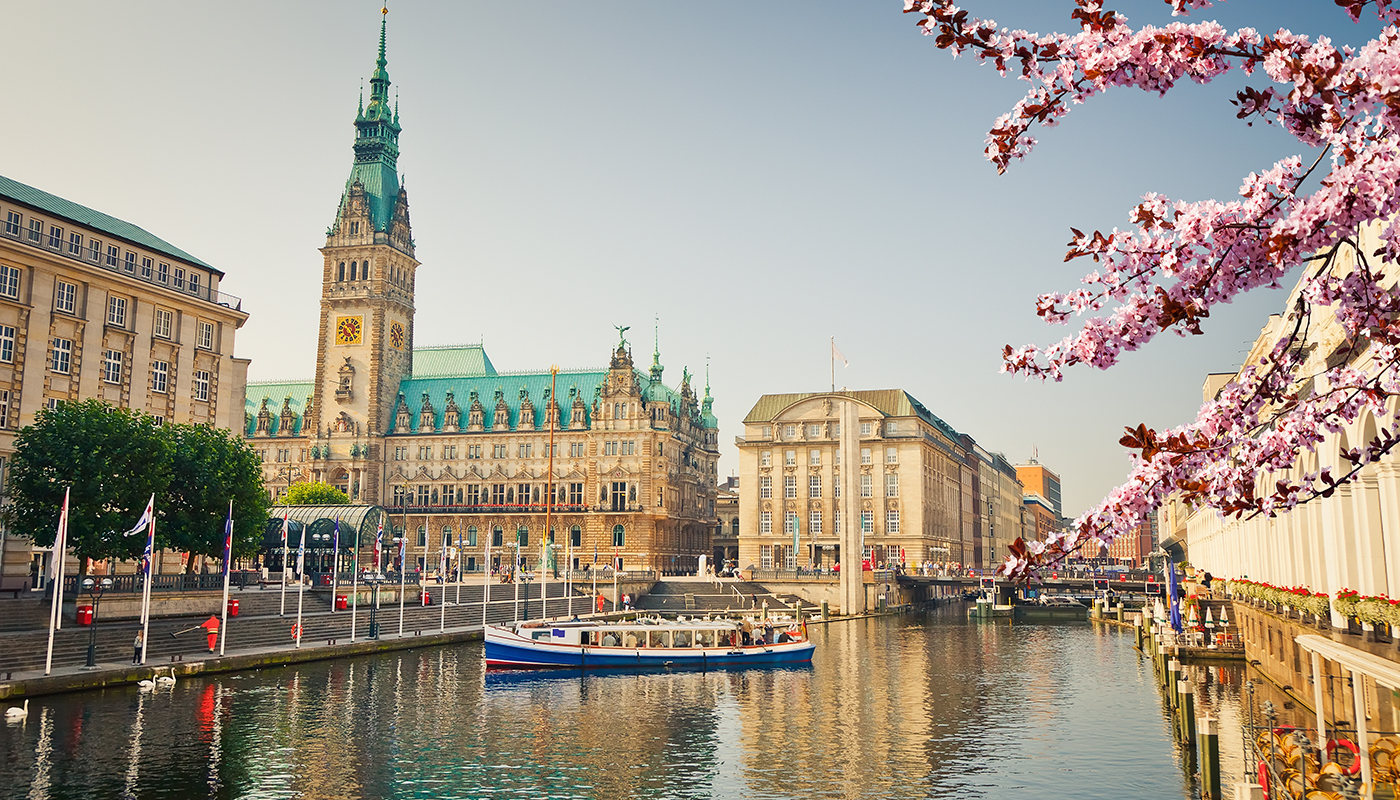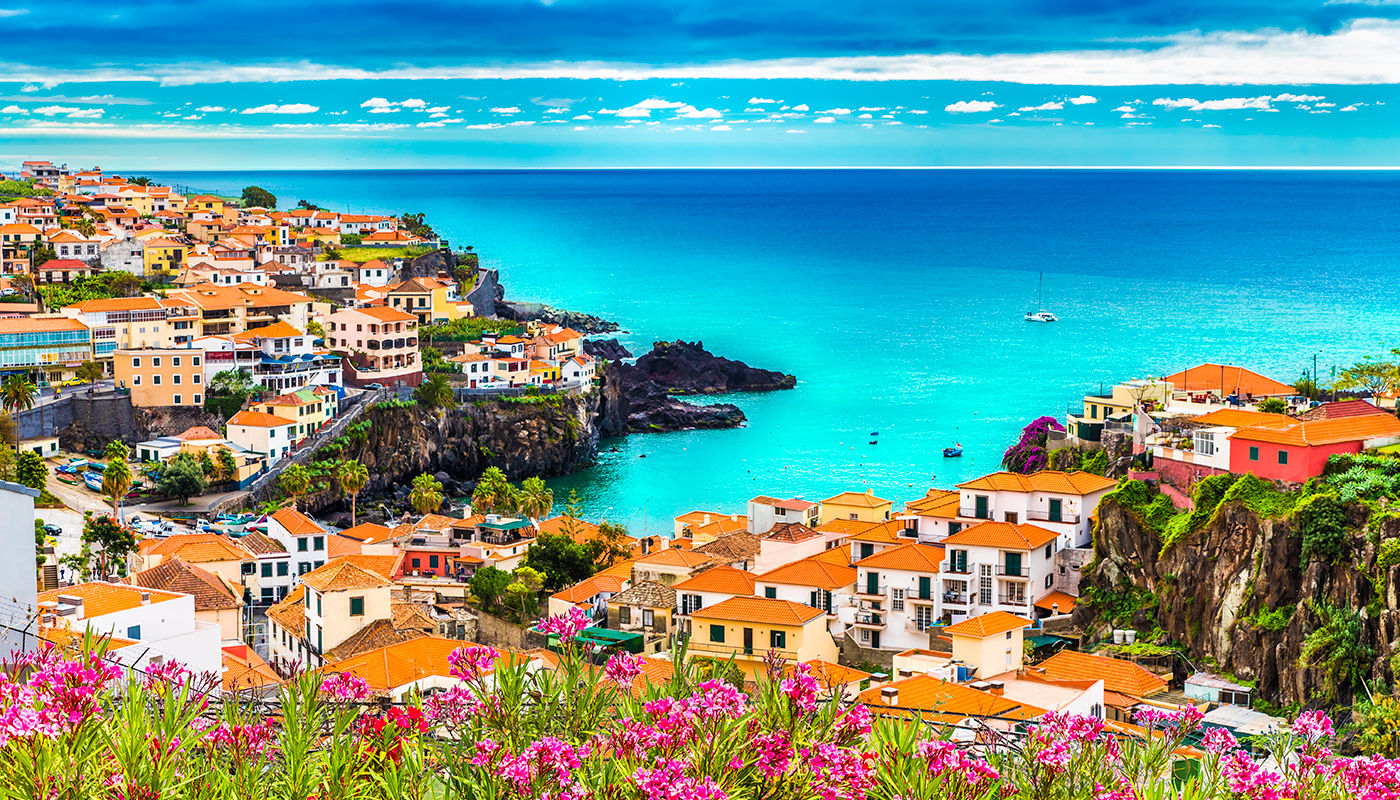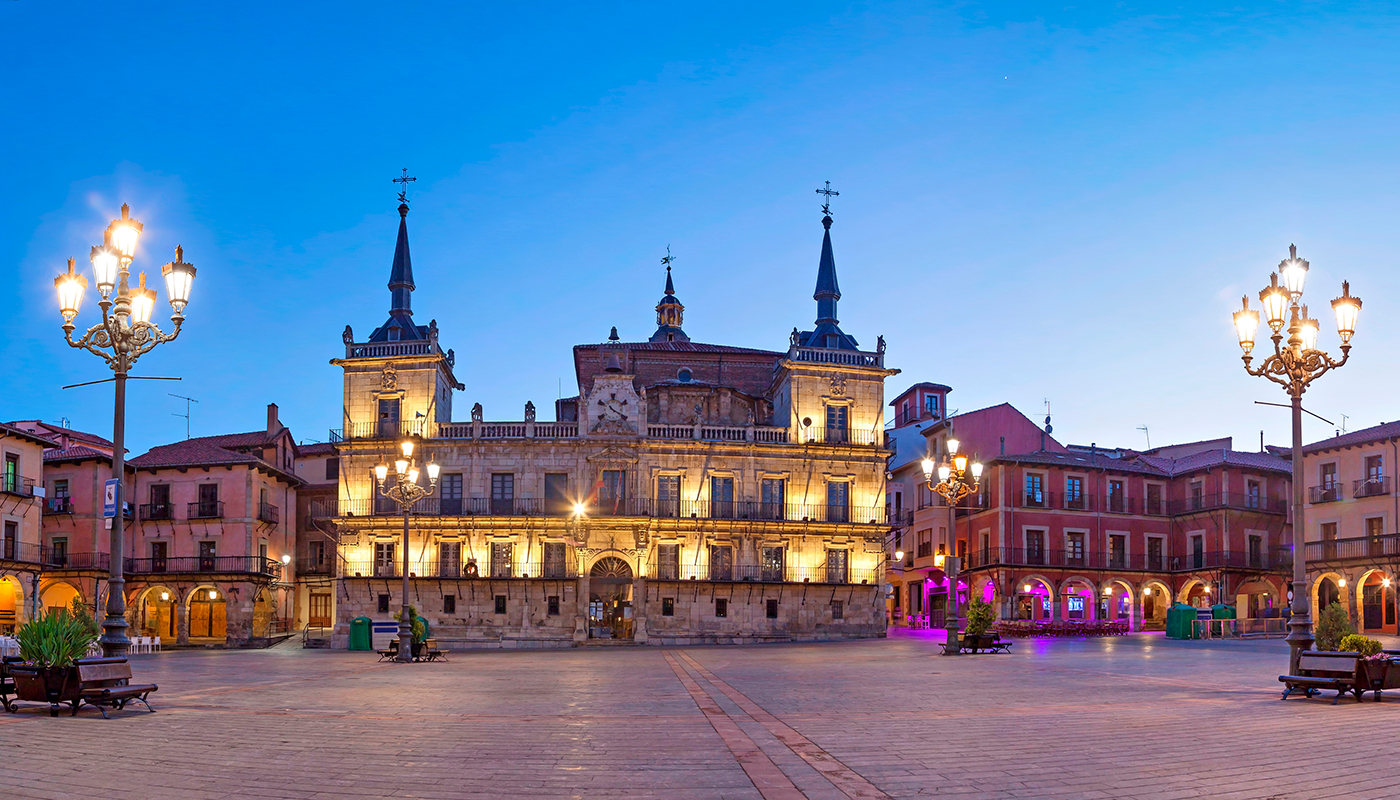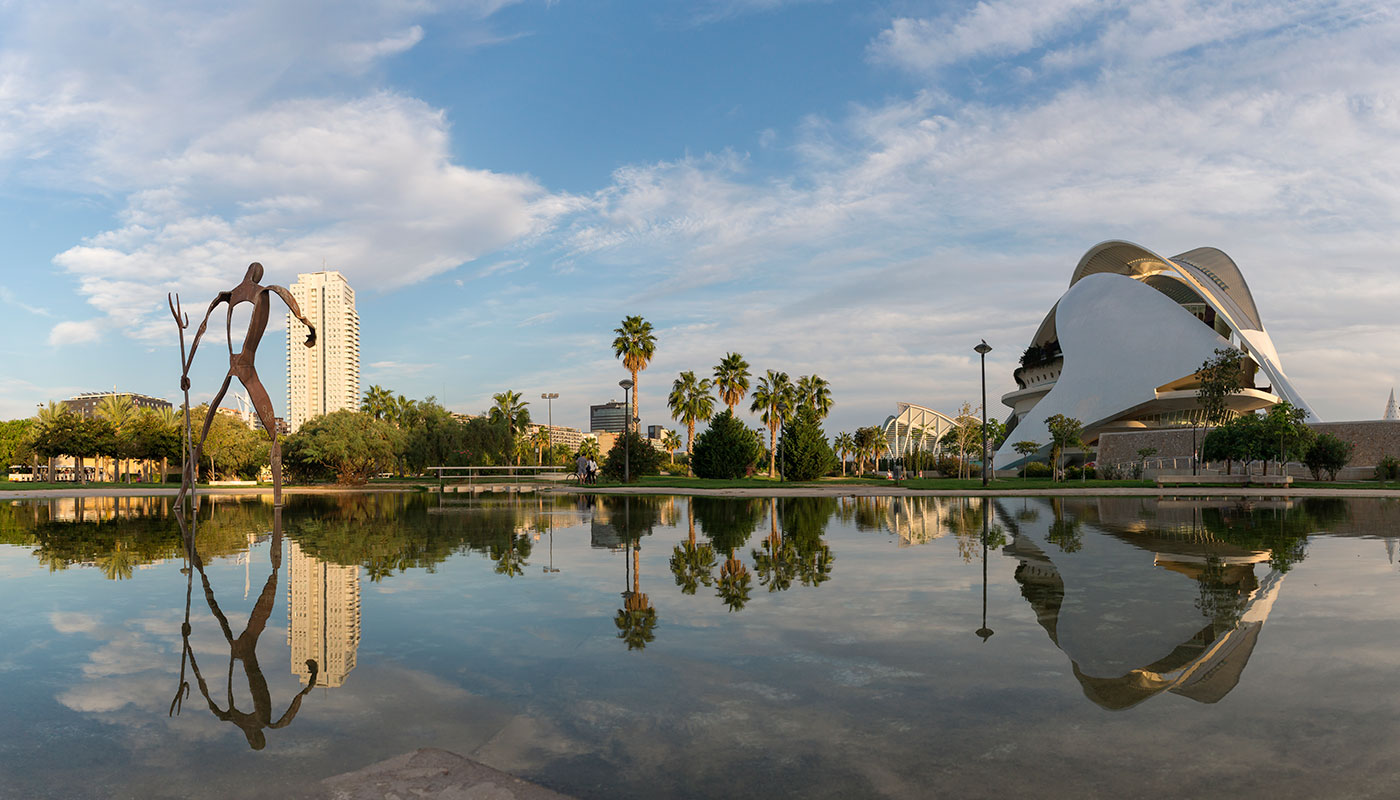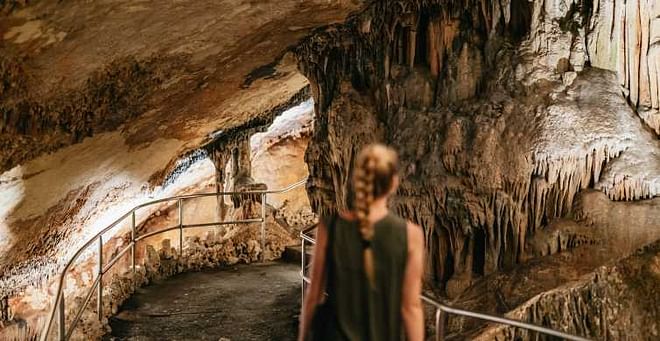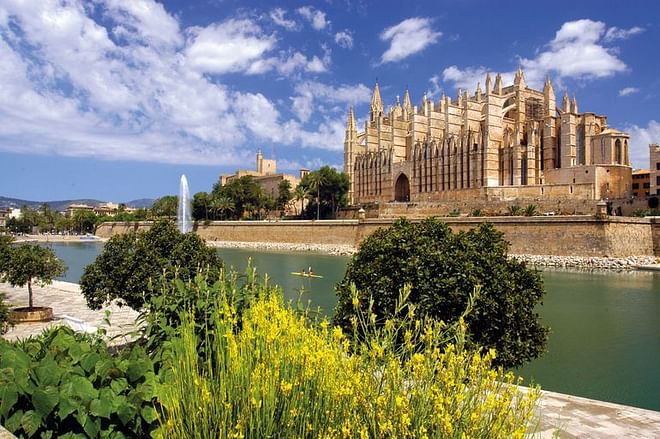The place where the olives were pressed to make oil in the past is known as tafona mallorquina (Majorcan oil mill). Some houses had their own oil mills, which were accessed from the courtyard entrance, but in the mountain villages there were other communal ones for Barcares olives. The small olive groves that did not have their own mill were known by this curious name.
Visits to oil mills
The olive season and oil production period lasts from November until January, when you can visit an oil mill to see the production process. In Majorca four varieties are mainly worked: mallorquina, empeltre, picual and arbequina. If ripe olives are used, they make sweet oils and when green olives are used the oils are fruity. Some addresses where you can see the whole process are:
- Es Verger. You can book visits to this oil mill. Here they make organic oil from old Majorcan olive trees and new olive trees of the arbequina variety. S’Hort d’es Verger, s/n. Esporles.
- Josep Campins Reynés. This family-run company produces olive oil with the Oli de Mallorca designation of origin of the mallorquina or empeltre variety. Visits must be pre-arranged. Camí de Santa Llúcia, Manacor.
- Olis Sóller. Founded in 1899, the San Bartomeu cooperative has been producing virgin olive oil for more than a century. For some years now, it has been included in the Oli de Mallorca denomination of origin. Ctra. De Fornalutx, 8. Sóller.
- Aubocassa. Twenty hectares of olive trees surround a 13th century estate that even has its own hermitage. In addition to bottling oil, its stable has been transformed into a cellar. Camí de Son Fangos, km 7. Manacor.
- Oli Solivellas. Within the Oli de Mallorca denomination of origin, the Es Guinyent estate in the Alcúdia area, between the Mediterranean Sea and the Tramontana mountain range, produces a handmade oil of selected production. For a guided tour you must make an appointment in advance. Ctra. Vella de Pollença, km 0,5. Alcúdia.
Sa Tafona de Caimari and Sa Tafona de Son Fang, two unique oil mills
At the base of the Tramuntana mountain range, Sa Tafona de Caimari still preserves the primitive stone mill of the old Cas Menescal oil mill. Here you can see how the production of oil has evolved from the old oil mill to the modern oil mills with hydraulic presses. The Olive Fair is held during the harvesting season (the third weekend in November), here visitors can see the old oil mill in action. Horitzó, 9 (Caimari).
Next to the village of Artá, on the way to the Betlem hermitage, is the Sa Tafona de Son Fang estate, which has been converted into a restaurant. In a rural environment of stone and adobe, sprinkled with original elements from the old oil mill, this establishment offers local cuisine focusing on grills and meats. It is a pleasure to enjoy a nice meal on its terrace surrounded by gardens. Finca Son Fang- Ctra Artá-ermita Betlem, km 1.5
Majorcan olive oil, a traditional process
The production process began by the carriers unloading the olives in the granary or warehouse. It was done through an opening from the outside, without the need to enter the oil mill. The olives were placed in a kind of funnel-shaped wooden box called tremuja. From there, they fall onto a flat stone with the edges inclined towards the middle, while a large millstone called rutló rotates over it. This stone was moved by animals. After the crushing process, it was time for pressing, which was carried out with a press made of a large oak beam. The mixture was previously placed in the esportíns, round esparto containers. Around 70 containers were placed on top of each other, making a tower just below the beam. Then, the beam was lowered and the oil dripped, through chutes, into a bowl. Here it was left to rest for some time until the residue remained at the bottom and the oil surfaced to the top. This precious liquid finally came out through a tap that was a few centimetres above the bottom of the bowl, thus ensuring that the oil came out clean.
Olive oil routes around Majorca
Discover Majorca through the centenary olive groves and enjoy its nature and all the culture that surrounds the world of oil. Take note because you are going to enjoy pleasant walks among olive trees.
- Barranco de Biniaraix. This simple two-kilometre route starts in Biniaraix, in the valley of Sóller. From here, follow a forest path, the GR221, towards Fornalutx. You will be immersed in a mountain olive grove with terraced hundred-year-old trees. An example of traditional dry-stone engineering with bridges, terraces on cliffs, fountains and houses. Along the path you will find one of the oldest olive trees on the island: Madonna des Barranc. It is a centenary specimen with twisted shapes.
- Camino de Font Garrover. This path starts from Mancor de la Vall and goes to the oratory of Santa Lucía, along the Camí de Sa Font Garrover. You will arrive at the fountain where the Campins family has a small oil mill. You will have to ask the owner to show you the Tanca de s’Atzeroler olive grove. It’s worth it because it has dozens of thousand-year-old olive trees with whimsical shapes.
- Olivar de Coma-Sema. To get here, in Orient you have to take the road towards Bunyola. The estate is private so you must arrange a visit to this terraced olive grove and the houses of Coma-Sema. It conserves a traditional working oil mill that dates back to the Middle Ages.
- Camino de Muleta. From the MA10 road that links Sóller with Deiá there is an asphalted road at kilometre 56 that almost reaches the sea. At the first fork, continue on the right along a forest track until you reach the houses of Muleta Gran. Continue towards the Port de Sóller, crossing the Cas Avinyons olive grove where you will find Es Camell, a centenary olive tree with winding shapes. Depending on where you’re standing, it may look like a Chinese dragon or a snake eating its prey. On the way down, you will arrive at the Muleta de Ca s’Hereu farmhouse, where you can visit the oil mill and taste a dish made with oil from the island. From here you can reach Port de Sóller or Repic beach.








